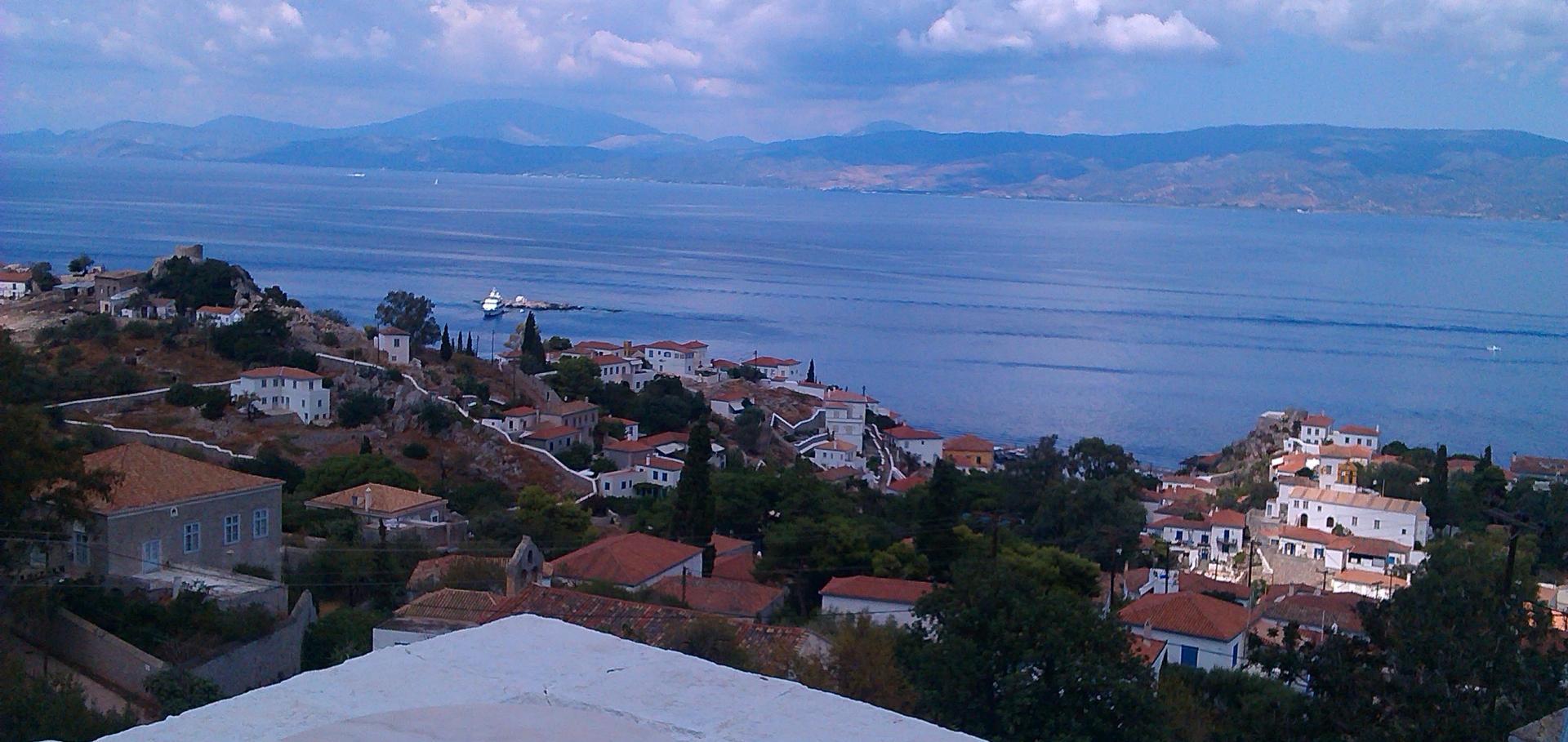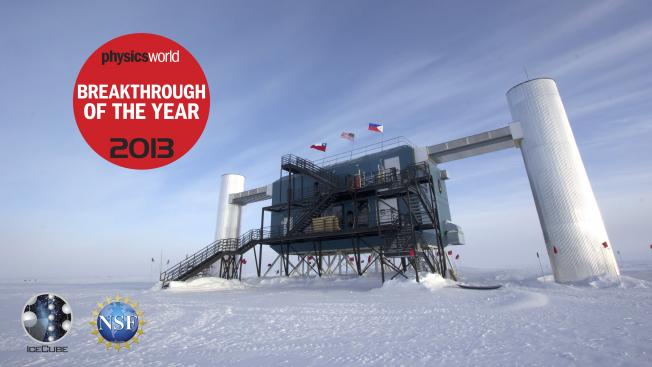The IceCube Neutrino Observatory - Contributions to ICRC 2017 Part I: Searches for the Sources of Astrophysical Neutrinos
Abstract:
Papers on the searches for the sources of astrophysical neutrinos, submitted to the 35th International Cosmic Ray Conference (ICRC 2017, Busan, South Korea) by the IceCube Collaboration
Contents
1 - Searching for VHE gamma-ray emission associated with IceCube astrophysical neutrinos using FACT, H.E.S.S., MAGIC, and VERITAS
2 - Search for point-like sources in the astrophysical muon neutrino flux with IceCube
3 - Search for weak neutrino point sources using angular auto-correlation analyses in IceCube
4 - All-sky search for correlations in the arrival directions of astrophysical neutrino candidates and ultrahigh-energy cosmic rays
5 - Results of IceCube searches for neutrinos from blazars using seven years of through-going muon data
6 - IceCube Search for Neutrinos from 1ES 1959+650: Completing the Picture
7 - Using all-flavor and all-sky event selections by IceCube to search for neutrino emission from the Galactic plane
8 - Constraints on diffuse neutrino emission from the Galactic Plane with 7 years of IceCube data
9 - Search for extended sources of neutrino emission with 7 years of IceCube data
10 - Search for a cumulative neutrino signal from blazar flares using IceCube data
11 - Investigation of Obscured Flat Spectrum Radio AGN with the IceCube Neutrino Observatory
12 - Realtime neutrino alerts and follow-up in IceCube
13 - Search for High-Energy Neutrino Emission from Fast Radio Bursts
14 - IceCube as a Neutrino Follow-up Observatory for Astronomical Transients



